#brave little tailor
Explore tagged Tumblr posts
Text
☆ the tailor ☆

#mickey mouse#the wonderful world of mickey mouse#disney#art#1928#old mickey mouse#brave little tailor
67 notes
·
View notes
Text




#oc art#fairy tales#fairy tale retelling#oc#digital art#my art#cinderella#hansel and gretel#pinnochio#snowhite#sleeping beauty#red riding hood#beauty and the beast#brave little tailor#jack and the beanstalk#украрт#art
43 notes
·
View notes
Text




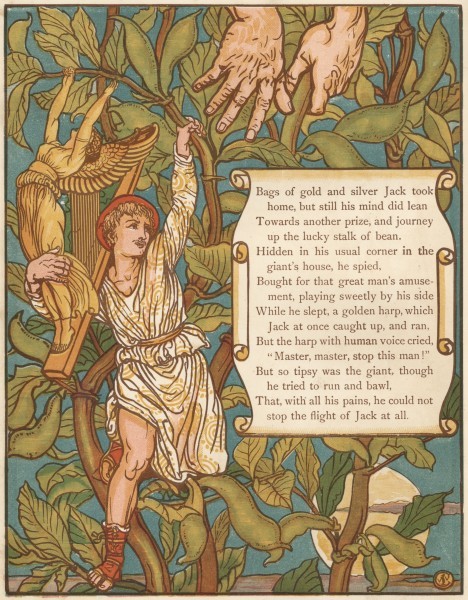


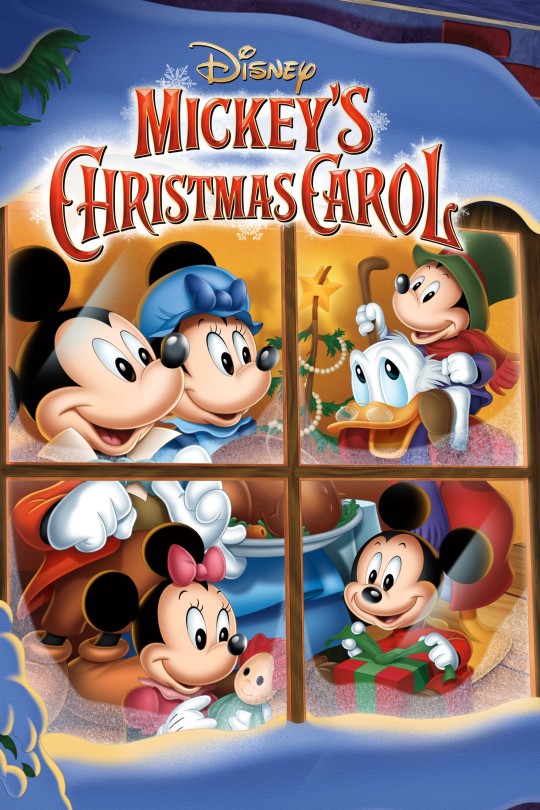



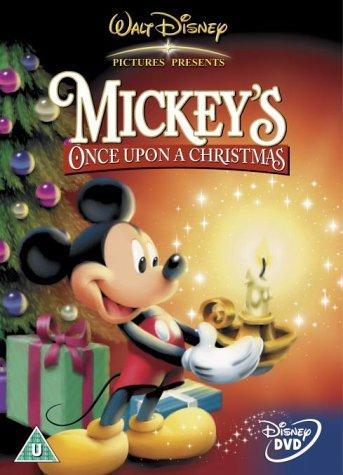


#disney#mickey mouse#brave little tailor#the sorcerer's apprentice#mickey and the beanstalk#mickey's christmas carol#the prince and the pauper#mickey's once upon a christmas#mickey donald goofy: the three musketeers
40 notes
·
View notes
Text

Brave Little Tailor Mickey Mouse Animation Drawing (Walt Disney, 1938)


26 notes
·
View notes
Text

11 notes
·
View notes
Text

Brave Little Tailor
11 notes
·
View notes
Photo




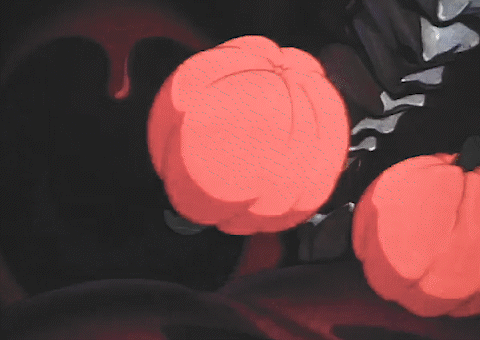

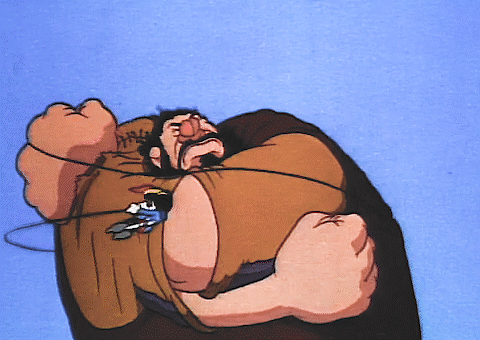
BRAVE LITTLE TAILOR (1938)
When a giant threatens the land, the city folk mistake Mickey’s boast of killing seven flies with one blow to be giants. He is then forced to fight the giant for real.
dir. Bill Roberts
#mickey mouse cartoon#1930's animation#animation of 1938#walt disney#animationedit#1938#1938 shorts#short#brave little tailor#mickey mouse#minnie mouse#giant#middle ages#disneyedit#bill roberts#marcellite garner#rko radio pictures#walt disney productions
105 notes
·
View notes
Text
#Lorcana 2023 Tournament Trophies are complete.




Under 12s: Minnie League
Starter: Mickey League
Construction: Tinkerbell League
19 notes
·
View notes
Text

Character inspired Ren Faire outfit: Princess Minnie from Disney's The Brave Little Tailor
I don't normally do this sort of thing because I'm not very good at fashion and all that. However, since that poll about which Ren Faire outfit I should choose (yes, I know it's not finished but I'm an impatient troll) was leaning in Minnie's direction and I, myself, was getting a little excited about that option, I decided to go with that one. Figured I'd make a little visual of the pieces I chose! None of these have arrived yet so it's possible some won't work, but this is the plan for now. Will probably have to make some adjustments/additions before the actual thing, though.
Item List/Links: Crown Blouse Corset Skirt
#no idea what I'm doing for shoes yet though#we shall see#also that skirt is 1000000% going to need hemming#the joys of being 4'10#disneybound#mood board#outfit grid#I think that's what this is#outfit ideas#ren faire#princess minnie#Mickey Mouse#brave little tailor#disney
34 notes
·
View notes
Text
so I found out these... exist, and basically started tearing up because they're so cute
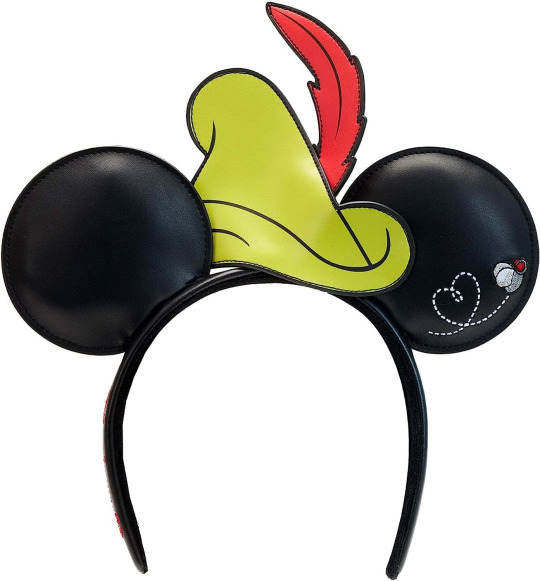

#mickey mouse#minnie mouse#brave little tailor#one of my favorite mickey and minnie shorts#it kinda makes me wanna cosplay one or the other...
10 notes
·
View notes
Text


Today's macro of the day is Gustav from Brave Little Tailor (1938), voiced by Eddie Holden and designed by Bill Tytla!
youtube
4 notes
·
View notes
Text

#art#paintings#museum#art pieces#tumblr art#Illustration for 'The Brave Little Tailor'#Andrej Dugin and Olga Dugina#2016 [1080 x 1149]
1K notes
·
View notes
Text

11 notes
·
View notes
Text
One sketch (by @jestierabbit ) gave me the idea for «The Brave Tailor AU». So far there are only redrawings of poses from the cartoon, but I have something to say!
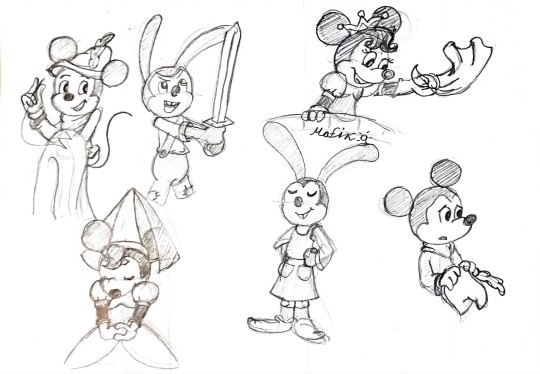
- Oswald is a handyman.
- Mickey and Oswald dreamed of becoming heroes of the kingdom since childhood, but over time it remained just a dream.
- Mickey, in addition to being a very good tailor, is also a dreamer and storyteller. Most often, neighboring children come to the brothers to listen to fairy tales about heroes, dragons and beautiful princesses.
Actually, this is where the story begins - Mickey composed the king's story "about himself" for children, and the idea of "killing seven with one blow" came because of the incident with the flies. (Great inspiration!)
As a result, either because of childish naivety, or because of random passers-by, this story reached the king...
That's all I've come up with for now. Oh, no, one more thing.
Minnie will not only be delighted with the future hero, but also alarmed that... Tailor is being sent against the giant (a very nice tailor).
Oh, and the story is unlikely to end with a victory over the giant. This is probably how the brothers will begin their journey as heroes using their skills against their enemies.
Here's how Mickey dealt with the giant in the original. It was cool.
Original sketch:

#disney#mickey and friends#mickey mouse#oswald the lucky rabbit#minnie mouse#disney fanart#the brave little tailor#the brave little tailor AU#mafik-sun art#Should I add Sir Mortimer from The Wonderful World of Mickey Mouse?
50 notes
·
View notes
Text
Sorry I drew a lot tonight - my last post of the day I promise haha



Cinematic masterpiece Mickey, Donald & Goofy: The Three Musketeers (2004) appreciation post
#Minnie is so pretty in this movie I can’t 😭#art#disney#fanart#mickey donald goofy the three musketeers#minnie mouse#mickey mouse#the brave little tailor#Princess#doodle
60 notes
·
View notes
Text
Currently taking orders for Brave Little Tailor Mickey Mouse.




Standard size is 32mm but can custom scale. Happy to sell unpainted or painted.
DM me if you would like one. Happy to ship worldwide.
7 notes
·
View notes